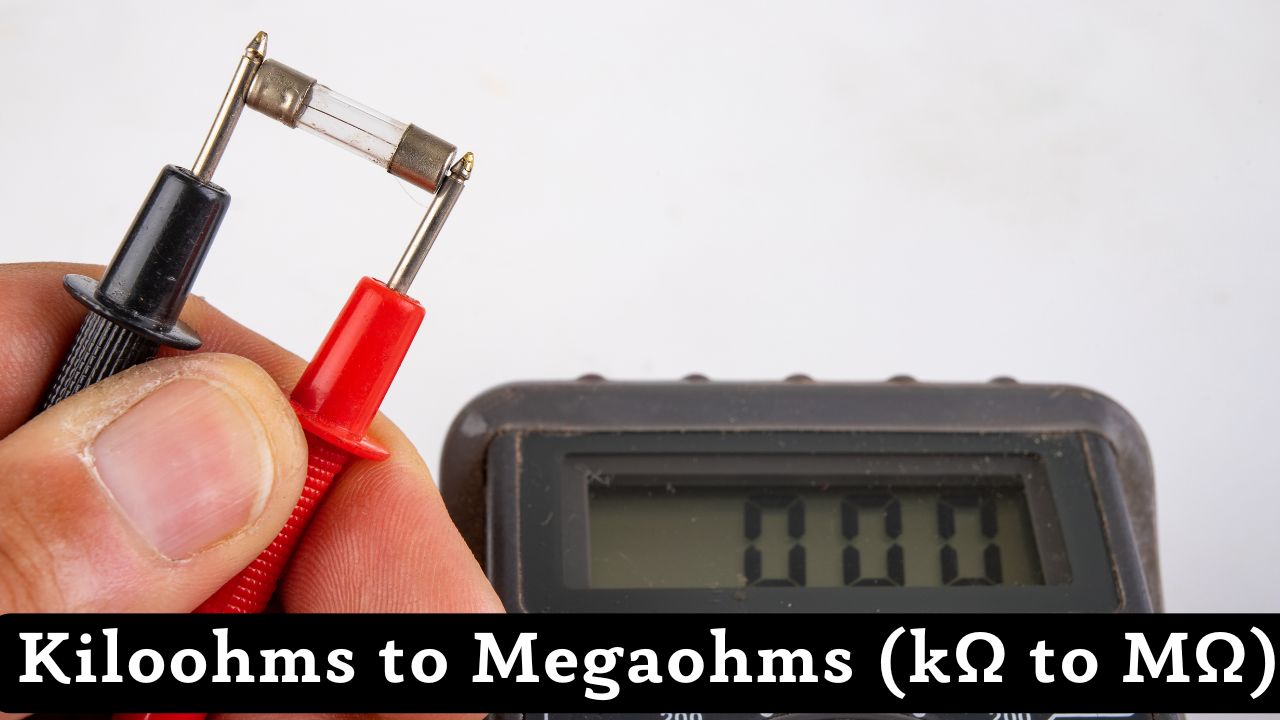Kiloohms to Megaohms Converter
Convert kiloohms to megaohms.

Table of Contents
Kiloohm (kΩ) to Megaohm (MΩ) Conversion
To convert kiloohms to megaohms, divide by 1,000, because:
Conversion Formula
The relationship between kiloohms and megaohms can be expressed as:
MΩ = kΩ / 1000Where:
- MΩ = Megaohms
- kΩ = Kiloohms
Example
If you have a resistance of 5000 kΩ, the calculation would be:
MΩ = 5000 kΩ / 1000 = 5 MΩWhat is a Kiloohm (kΩ)?
A kiloohm (kΩ) is a unit of electrical resistance equal to 1,000 ohms. It is commonly used in electronics to describe the resistance of components.
What is a Megaohm (MΩ)?
A megaohm (MΩ) is a unit of electrical resistance equal to 1,000,000 ohms. It is often used to measure high resistance values in electrical components.
Kiloohms to Megaohms (kΩ to MΩ) Conversion Table
Formula: MΩ = kΩ × 0.001
Example Values
| Kiloohms [kΩ] | Megaohms [MΩ] |
|---|---|
| 1 kΩ | 0.001 MΩ |
| 5 kΩ | 0.005 MΩ |
| 10 kΩ | 0.010 MΩ |
| 20 kΩ | 0.020 MΩ |
| 50 kΩ | 0.050 MΩ |
| 100 kΩ | 0.100 MΩ |
